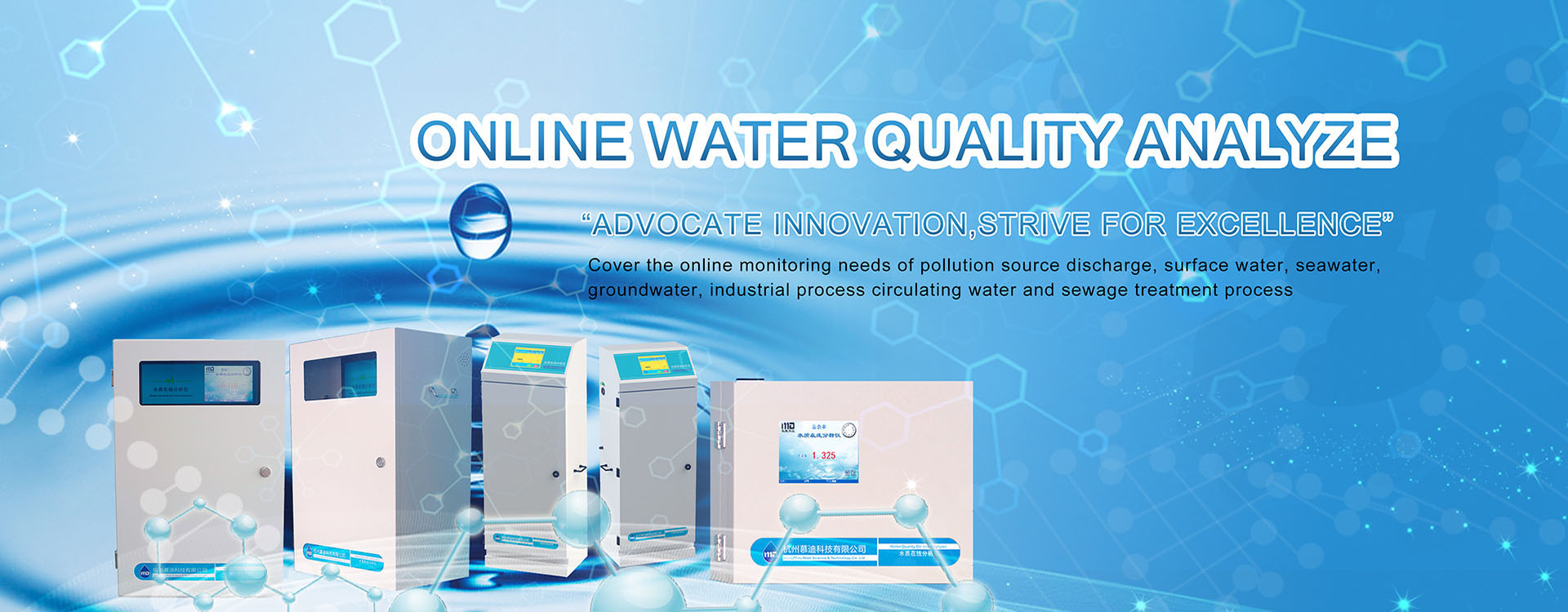Environmental pollution caused by chromium and its compounds. Mainly sourced from inferior cosmetic raw materials, leather preparations, chrome plated parts of metal parts, industrial pigments, as well as tanned leather, rubber, and ceramic raw materials. So what harm will excessive chromium in wastewater bring? How should we do it well?
The Harm Caused by Chromium Pollution!
Harm to Human Body
Trivalent chromium and hexavalent chromium are both harmful to human health and are suspected to have carcinogenic effects. It is generally believed that hexavalent chromium has strong toxicity, is easily absorbed by the human body, and can accumulate in the body. Hexavalent chromium is 100 times more toxic than trivalent chromium and is a highly mutagenic substance that can induce lung cancer and nasopharyngeal carcinoma. Trivalent chromium has a teratogenic effect.
In fact, researchers have conducted toxicokinetic analysis on humans, rats, and mice to understand the distribution, absorption, and metabolic characteristics of hexavalent chromium and its substances, and thus obtain effective methods for clearing hexavalent chromium substances. The experimental results show that hexavalent chromium can be absorbed through skin, mouth, and inhalation, and reacts with endogenous substances (other substances) in the gastrointestinal tract after absorption. Hexavalent chromium can also use phosphate and non selective sulfuric acid to penetrate the cell membrane. After ingestion, hexavalent chromium will spread throughout the body; Hexavalent chromium is directly reduced to trivalent chromium through enzymatic pathways in cells. This process is called intracellular reduction, and further reaction produces intermediates such as pentavalent chromium and tetravalent chromium. The intermediates react with intracellular reduction to produce oxygen free radicals, which in turn damage DNA. When hexavalent chromium appears in the form of trivalent chromium, it can be removed by urine, while chromium can be removed by lotion, hair, nails and other substances.
The pharmacokinetic analysis of hexavalent chromium did not reveal gender differences, but individual differences may also occur in the absorption, reduction, and clearance processes of hexavalent chromium, which are influenced by differences in gastric contents and the time between meals. Research on the relationship between human oral exposure to hexavalent chromium and cancer has shown that exposure to hexavalent chromium contaminated drinking water has a higher probability of developing gastric cancer, and the mortality rate of gastric cancer is also extremely high.
Hazards to the Environment
Chromium slag (solid waste containing chromium) has become an important environmental problem of chromium pollution, which urgently needs to be effectively solved.
Due to weathering, chromium entering the soil is easily oxidized into soluble complex anions, which are then transferred to surface or groundwater through leaching. When there is too much chromium in the soil, it will inhibit the nitrification of organic matter and cause chromium to accumulate in the plant body.
Trivalent chromium and hexavalent chromium have lethal effects on aquatic organisms. Trivalent chromium in water is mainly adsorbed on solid substances and exists in sediments; Hexavalent chromium is more soluble in water. Hexavalent chromium is stable in water, but can be reduced to trivalent chromium under anaerobic conditions. Trivalent chromium salts can hydrolyze in neutral or weakly alkaline solutions, generating insoluble chromium hydroxide that sinks to the bottom of the water.
Natural water generally only contains trace amounts of chromium, which is transported into the sea by rivers and sinks to the seabed. The chromium content in seawater is less than 1 ppb. According to experiments, chromium in water can stimulate crop growth at 1ppm, slow down crop growth at 1-10ppm, and almost completely stop crop growth at 100ppm, approaching death. The wastewater contains chromium compounds, which can reduce the efficiency of biochemical treatment of wastewater.
As for How We Should Avoid Water With Excessive Chromium from Harming the Environment and Everyone?
Online water quality monitoring should be conducted before discharge or drinking. If the displayed data exceeds the standard, please treat the water before use!
It should also be noted that chromium is one of the essential elements for human health and an important element that poses a threat to human health. I believe everyone knows this. However, humans need to conduct a comprehensive assessment of the harmfulness of chromium in order to obtain certain avoidance measures. The detection results of a single total chromium and chromium with different valence states are different, and cannot fully reflect whether humans are within the scope of harm. To monitor the water quality of hexavalent chromium, it is necessary to first detect its different oxidation states, combined with corresponding toxicological analysis data, and then conduct hazard or health assessments on humans.
What is the Instrument for Monitoring Chromium in Water Called?
It’s called “T8000-Cr Total Chromium/Hexavalent Chromium Online Analyzer“! Its working principle is that the pretreated water sample is injected into the colorimetric cell by the injection pump, and then the masking agent is added to eliminate the influence of interfering substances, and then the pH of the solution is adjusted. Under the appropriate pH condition, the characteristic color developer is added for color reaction. The change degree of the color of the solution within the measurement range is proportional to the concentration of hexavalent chromium in the water sample. By measuring the change of the color of the solution, the content of hexavalent chromium in the water sample can be calculated. If measuring total chromium, after pre-treatment, add oxidants back to the automatic line to uniformly oxidize various valence states of chromium into hexavalent chromium, and then perform colorimetric measurement.




